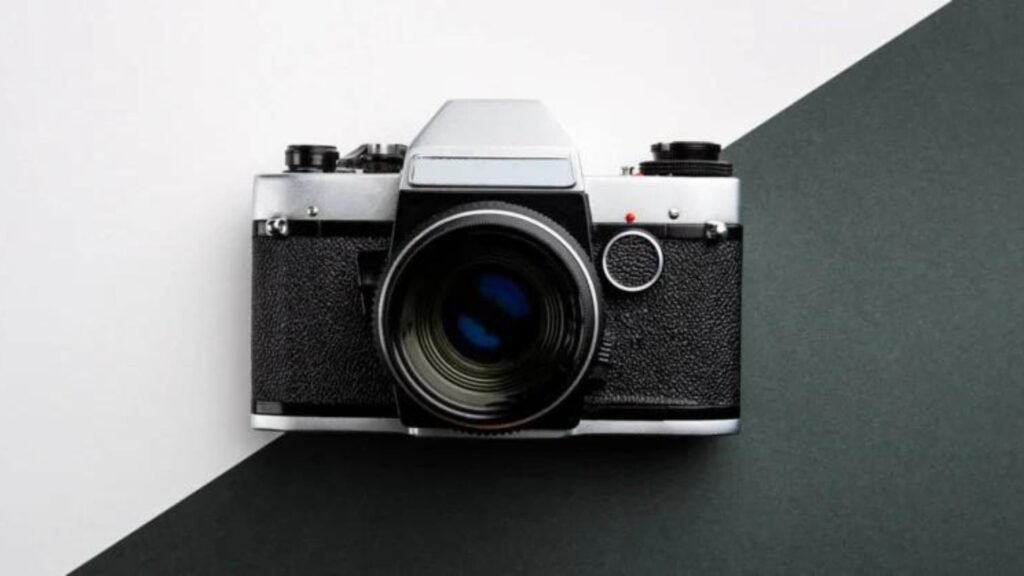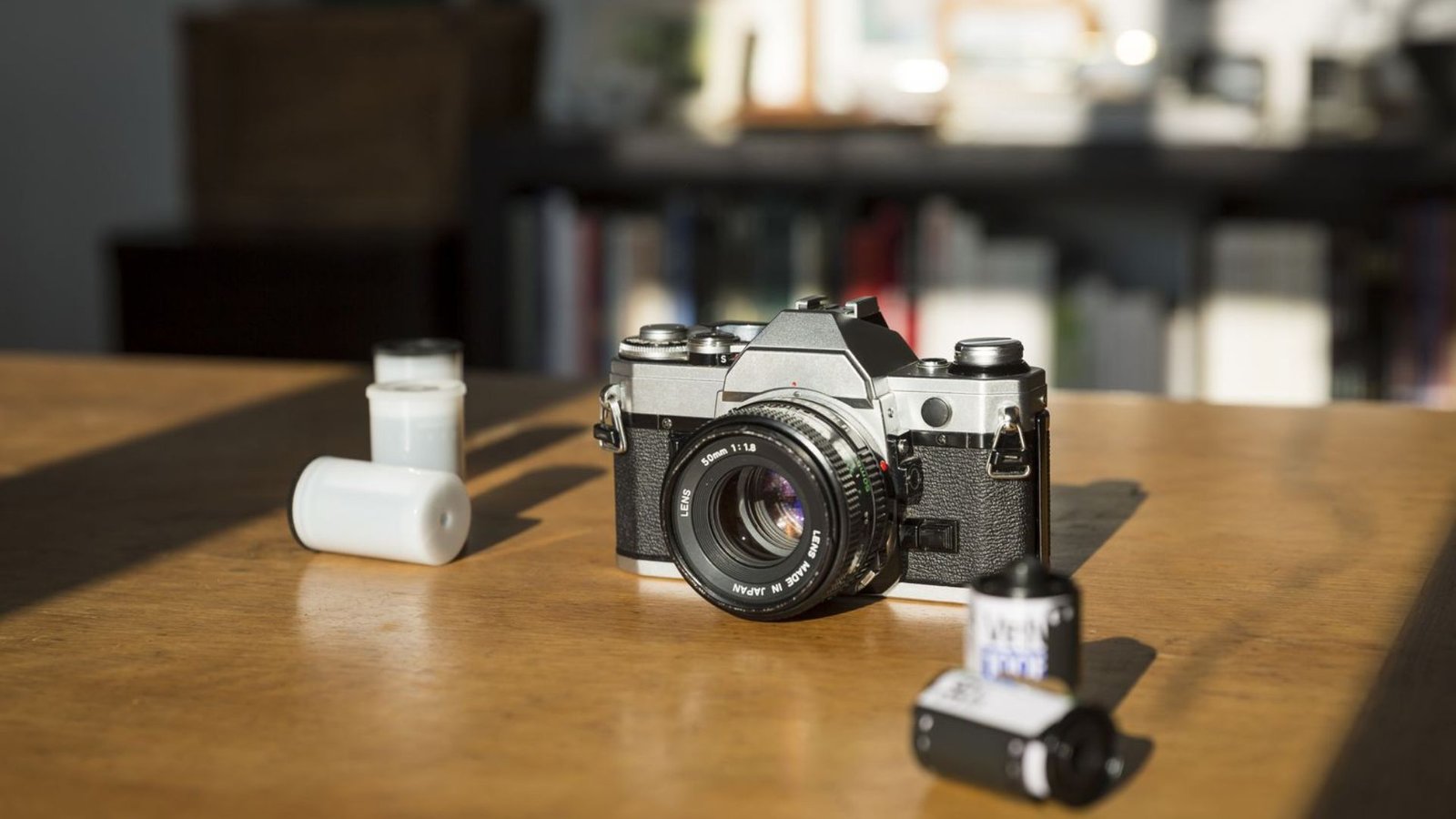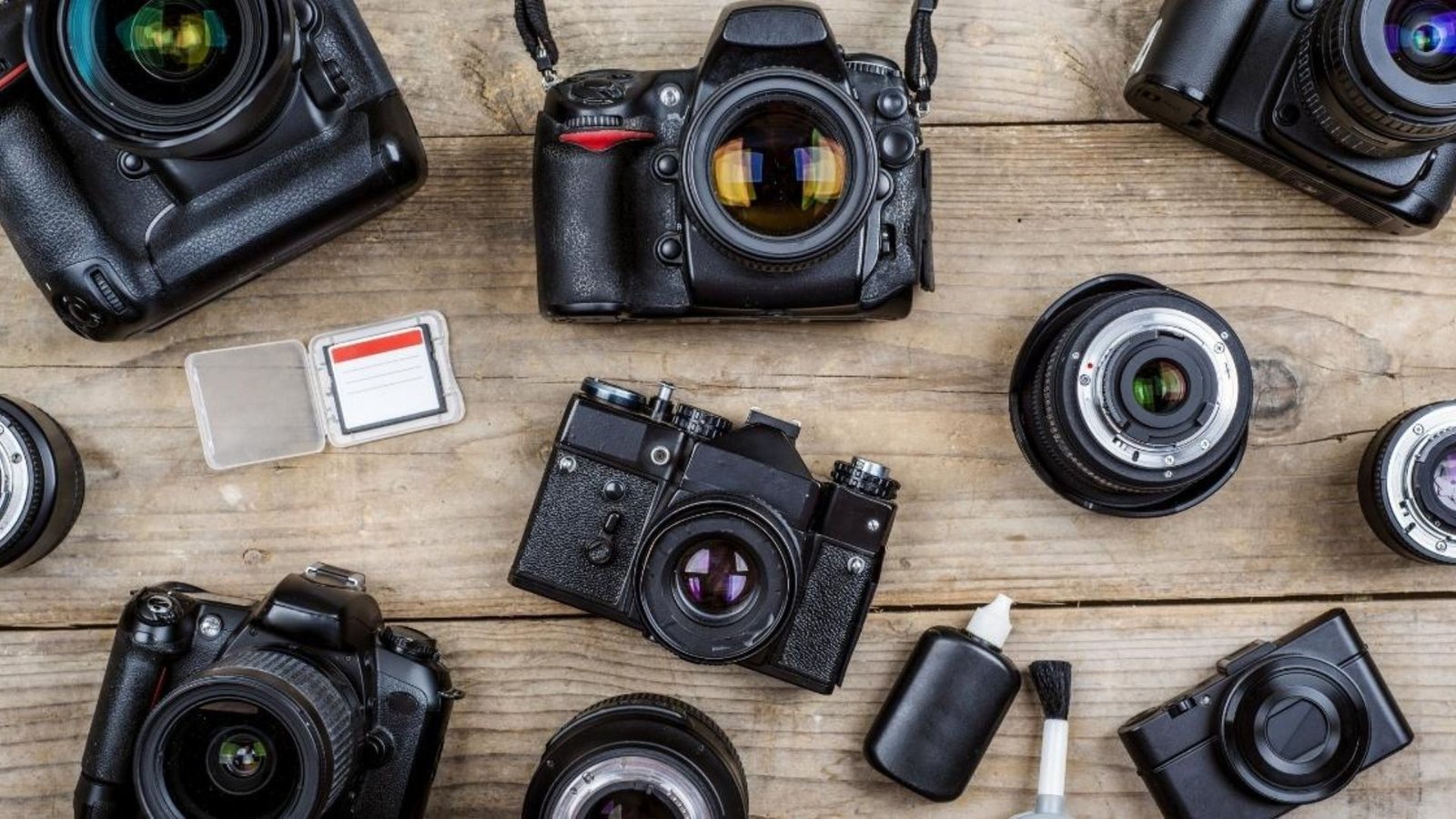Photography has undergone a remarkable transformation since its inception. From the early days of film cameras to today’s digital revolution, technological advancements have shaped the way we capture and share images. This evolution has made photography more accessible, versatile, and immediate. In this guide, we’ll explore the journey of photography from film to digital, covering key milestones and innovations that have defined this art form.

Early Beginnings: The Film Era
The birth of photography began with film, and for over a century, it was the dominant medium for capturing images.
- The Invention of Film Photography (1839–1888)
- Daguerreotypes: Photography began with the daguerreotype process, invented by Louis Daguerre in 1839. These early images were captured on silver-plated copper sheets, requiring long exposure times and complex chemical processes.
- Introduction of Roll Film: In 1888, George Eastman revolutionized photography by creating roll film, which allowed multiple exposures on a single strip of film. This led to the development of the Kodak camera, making photography more accessible to the general public.
- Advancements in Film Photography (1920s–1970s)
- Color Film: The introduction of color film in the 1930s, such as Kodachrome, allowed photographers to capture vibrant, lifelike images. By the 1960s, color film had become widely available, marking a significant shift in the art of photography.
- SLR Cameras: Single-lens reflex (SLR) cameras emerged in the 1960s, providing photographers with greater control and precision. These cameras used mirrors and prisms to allow users to see exactly what would be captured on film, resulting in more accurate composition.
- Limitations of Film Photography
- Time-Consuming Process: Film photography required developing images in a darkroom, often taking hours or days before the final photo could be viewed.
- Cost of Materials: Film, developing chemicals, and prints were expensive, limiting how many photos an individual could take.
- Limited Exposure Settings: Photographers had to manually adjust settings like ISO, aperture, and shutter speed for each shot, which could result in missed moments.
The Shift to Digital: The 1990s and 2000s
The digital era of photography began in the late 20th century, bringing with it profound changes in the way images were captured, processed, and shared.
- The Birth of Digital Cameras (1970s–1990s)
- First Digital Cameras: In the 1970s, the first digital cameras were developed for scientific and military use. These early cameras used charge-coupled devices (CCDs) to capture images electronically rather than on film.
- Commercial Digital Cameras: In 1991, Kodak released the first commercially available digital camera, the Kodak DCS, targeted at professional photographers. Throughout the 1990s, digital camera technology continued to improve, and more consumer-friendly models appeared on the market.
- Key Advantages of Digital Photography
- Instant Results: Unlike film, digital cameras allowed photographers to view their images immediately after taking them, enabling quick adjustments and instant feedback.
- Unlimited Shots: Memory cards replaced film rolls, giving photographers the freedom to take hundreds or even thousands of shots without worrying about running out of film.
- Digital Editing: Digital images could be edited, enhanced, and manipulated using software like Adobe Photoshop, providing a level of creative control that was impossible with film.
- Ease of Sharing: Digital photos could be easily shared online, allowing for global distribution through email, social media, and websites.
- The Rise of DSLR and Mirrorless Cameras (2000s–Present)
- Digital SLR (DSLR) Cameras: Building on the design of traditional film SLRs, digital SLR cameras became the preferred choice for professional and hobbyist photographers. DSLRs offered interchangeable lenses, manual controls, and high-quality sensors.
- Mirrorless Cameras: In recent years, mirrorless cameras have gained popularity for their compact design and advanced technology. Without a mirror mechanism, these cameras are lighter, quieter, and offer faster shooting speeds compared to DSLRs.
- Mobile Photography Revolution
- Smartphone Cameras: The inclusion of high-quality cameras in smartphones changed the landscape of photography entirely. With the convenience of having a camera in your pocket, anyone could capture and share moments instantly. Mobile photography apps further expanded creative possibilities.
The Impact of Digital Photography
The transition from film to digital has had far-reaching impacts on both amateur and professional photography.
- Accessibility: Digital photography has made the art form more accessible to a wider audience. Affordable digital cameras and smartphones mean that anyone can take high-quality images without needing expensive equipment.
- Speed and Efficiency: The digital workflow is faster and more efficient than film. Photographers can now shoot, edit, and distribute photos in minutes rather than hours or days.
- Environmental Considerations: Digital photography eliminates the need for film, chemicals, and paper, reducing the environmental footprint of the photographic process.
- Innovation and Experimentation: With digital tools at their disposal, photographers can experiment with a range of styles, from HDR and panoramic shots to long exposures and time-lapse photography.
The Future of Photography
As technology continues to evolve, so does the world of photography. Emerging trends such as artificial intelligence, computational photography, and virtual reality are shaping the future.
- AI in Photography: AI-powered cameras and editing software can automatically enhance photos, suggest compositions, and even remove unwanted elements.
- Computational Photography: Smartphones are increasingly using computational techniques to merge multiple exposures, create depth effects, and improve low-light performance.
- Virtual and Augmented Reality: Photography is expanding beyond 2D images, with immersive experiences made possible through VR and AR technologies.
Conclusion
The evolution from film to digital photography has transformed the way we capture the world around us. While film still holds a nostalgic charm, digital photography offers unparalleled convenience, creativity, and accessibility. As technology continues to advance, photography will only continue to push boundaries, offering new ways for people to express themselves and share their stories with the world.










